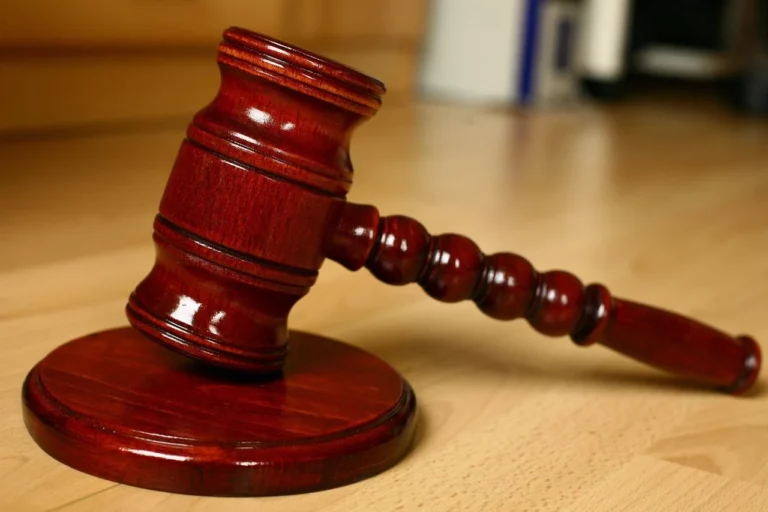Understanding Product Liability in Florida: Defective Car Parts and Accidents

In Florida, accidents caused by defective car parts can lead to serious injuries and significant legal complications. Understanding product liability and how it relates to defective car parts is crucial for anyone involved in a car accident where a faulty component may be to blame. Here’s a breakdown of product liability in Florida and how it affects cases involving defective car parts.
What is Product Liability?
Product liability refers to the legal responsibility of manufacturers, distributors, and sellers for injuries caused by defective products. In the context of automobiles, this includes any parts or components that are faulty and lead to accidents or injuries. There are three main types of product defects:
- Design Defects: Flaws in the design of a car part that make it inherently unsafe, even if manufactured correctly. For example, a poorly designed braking system that fails to stop the vehicle properly.
- Manufacturing Defects: Errors that occur during the production of a car part. This can include using substandard materials or improper assembly that makes the part unsafe.
- Marketing Defects: Issues related to inadequate warnings or instructions for the proper use of a car part. For instance, if a part comes with insufficient instructions for installation or maintenance, leading to improper use and accidents.
How Defective Car Parts Cause Accidents
Defective car parts can contribute to accidents in various ways:
- Brake Failures: Defective brake systems can lead to loss of control and collisions, posing significant safety risks.
- Tire Blowouts: Faulty tires can blow out unexpectedly, causing drivers to lose control of their vehicles.
- Steering Problems: Issues with steering components can result in the inability to maneuver the vehicle properly, leading to accidents.
- Engine Failures: Engine defects can cause sudden breakdowns or stalls, especially while driving at high speeds.
- Airbag Malfunctions: Defective airbags may fail to deploy or deploy improperly, reducing their effectiveness in protecting passengers during collisions.
Legal Recourse for Defective Car Parts
- Establishing Fault: To pursue a product liability claim, you need to establish that the defective car part was the direct cause of the accident and injuries. This often involves showing that the part was indeed defective and that the defect led to the accident.
- Gathering Evidence: Collecting evidence is crucial for proving a product liability claim. This includes preserving the defective part, obtaining repair records, and documenting the accident scene and injuries.
- Consulting Experts: In many cases, expert testimony may be needed to prove that a part was defective and that it contributed to the accident. Engineers or other specialists can provide insights into the defect and its impact.
- Filing a Claim: You may need to file a claim against the manufacturer, distributor, or seller of the defective part. This can involve negotiating with insurance companies or pursuing legal action if necessary.
- Seeking Compensation: If successful, you may be entitled to compensation for medical expenses, lost wages, pain and suffering, and other damages resulting from the accident.
Conclusion
Dealing with product liability claims for defective car parts can be complex and requires a thorough understanding of both legal and technical aspects. Consulting a personal injury attorney can provide you with the necessary guidance to navigate this process effectively. A personal injury attorney can help you gather evidence, consult with experts, and ensure that your claim is presented effectively to obtain the compensation you deserve.
If you’ve been involved in an accident that you suspect was caused by a defective car part, reaching out to a personal injury attorney can help you understand your rights and options. They can assist in managing your case and pursuing legal action against those responsible for the defect.

 Call Us Today - It's Free
Call Us Today - It's Free